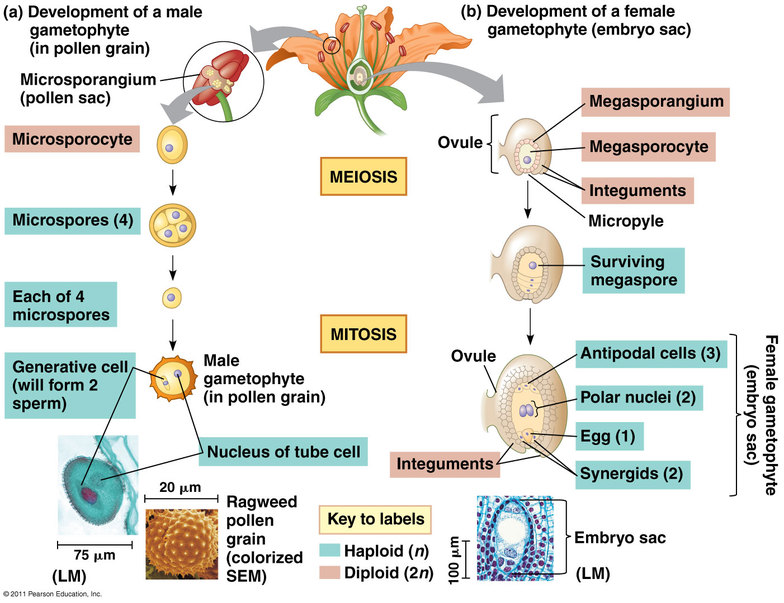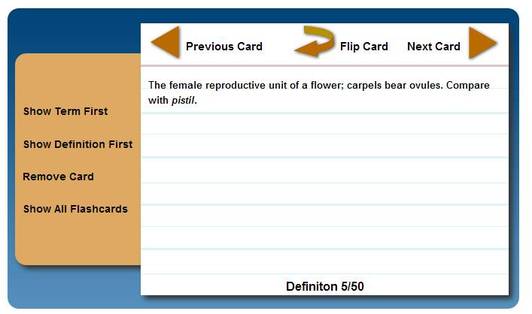ISC 11>CONTENT>2 DIVERSITY OF LIFE>3 KINGDOM-PLANTAE>ANGIOSPERMS
SCOPE OF SYLLABUS
- Angiosperms- Monocot and dicot plants (Comparison of external features only)
- Morphology and modification of roots, stem and leaves for storage, perennation, reproduction and mechanical support. Phyllotaxy.
GENERAL CHARACTERISTICS
- The angiosperms are an exceptionally large group of plants occurring in wide range of habitats.
- They range in size from tiny, almost microscopic Wolfia to tall trees of Eucalyptus (over 100 metres).
- In angiosperms, the main plant body is a sporophyte consisting of roots, stem and leaves.
- Unlike the gymnosperms where the ovules are naked, in the angiosperms or flowering plants, the pollen grains and ovules are developed in specialised structures called flowers.
- In angiosperms, the seeds are enclosed by fruits.
- The male sex organs in a flower is the stamen. Each stamen consists of a slender filament with an anther at the tip. The anthers, following meiosis, produce pollen grains.
- Unlike the gymnosperms where the ovules are naked, in the angiosperms or flowering plants, the pollen grains and ovules are developed in specialised structures called flowers. The female sex organs in a flower is the carpel. Pistil consists of an ovary enclosing one to many ovules. Within ovules are present highly reduced female gametophytes termed embryosacs.
- The embryo-sac formation is preceded by meiosis. Hence, each of the cells of an embryo-sac is haploid. Each embryo-sac has a three-celled egg apparatus – one egg cell and two synergids, three antipodal cells and two polar nuclei. The polar nuclei eventually fuse to produce a diploid secondary nucleus.
- Pollen grain, after dispersal from the anthers, are carried by wind or various other agencies to the stigma of a pistil. This is termed as pollination.
- The pollen grains germinate on the stigma and the resulting pollen tubes grow through the tissues of stigma and style and reach the ovule.
- The pollen tubes enter the embryo-sac where two male gametes are discharged.
- One of the male gametes fuses with the egg cell to form a zygote (syngamy).
- The other male gamete fuses with the diploid secondary nucleus to produce the triploid primary endosperm nucleus (PEN).
- Because of the involvement of two fusions, this event is termed as double fertilisation, an event unique to angiosperms.
- The zygote develops into an embryo (with one or two cotyledons) and the PEN develops into endosperm which provides nourishment to the developing embryo.
- The synergids and antipodals degenerate after fertilisation. During these events the ovules develop into seeds and the ovaries develop into fruit. The life cycle of an angiosperm is shown in given figure.
|
|
|
A) FLASH CARDS (Click on following image ; Go to chapter 26 and 27; click on flash cards)


